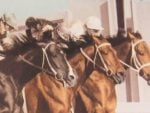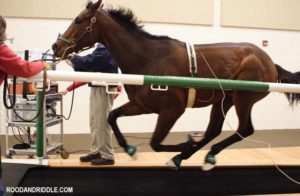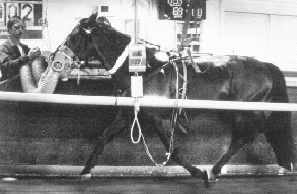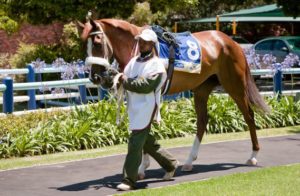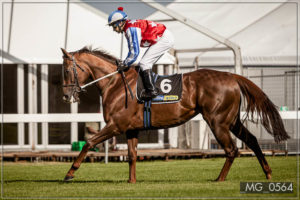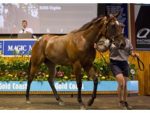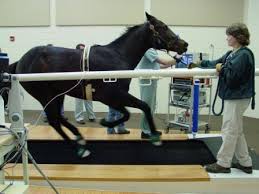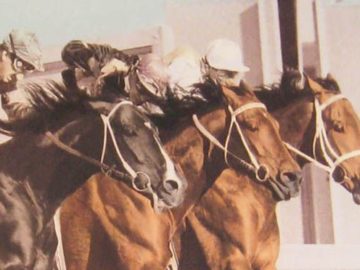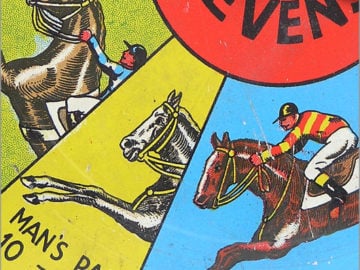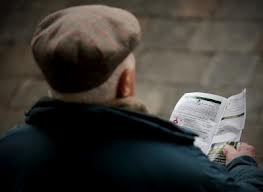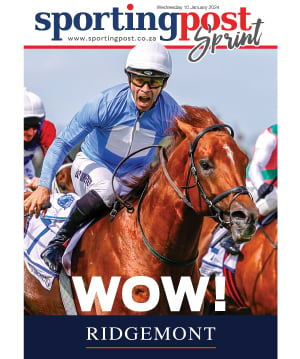Fitness levels can roughly be defined as a reflection of the efficiency of the anaerobic and aerobic respiratory pathways and the efficiency of the functioning of the racehorse’s different, complex, biological systems. Optimal fitness is really another way of saying that the athlete has been conditioned to function at maximum capacity with maximum efficiency.
There are a number of different way to measure fitness, but in horses as in humans, a fit athlete has a lower than average heart and respiratory rate. Bearing in mind that there are many factors that can affect these, for the purposes of this discussion we will assume that we are discussing healthy, injury free horses of prime racing age.
Heart rate
The heart is a muscle, and studies on racing thoroughbreds have shown that heart size increases with conditioning – both in muscle mass and the size of the left heart chamber (the left ventricle is the chamber of the heart that pumps oxygenated blood throughout the body). A “fit” heart has a larger capacity (stroke volume) and can therefore pump more blood with each beat. Cardiac output and therefore oxygen delivery to the tissues is a function of heart rate (ie the speed at which the heart beats) and stroke volume (how much blood it pumps). A “fit” heart can move a larger volume of blood per stroke, so the heart doesn’t need to pump quite as often and therefore results in a lower resting heart rate.
In fit horses, the resting heart rate can be anything from 25 – 40 beats per minute, depending on the individual. Unfortunately, because there are so many factors that can affect a horse’s heart rate, the resting heart rate is not a reliable measure of the state of a horse’s fitness. Little information can be obtained from a one-off measurement and one really needs a series of measurements taken at different times and under the same conditions for them to have any meaningful value.
However, what is a reliable measure is the heart rate response during and particularly after exercise. At maximum exercise, a horse’s heartrate can increase to over 200 beats per minute. When a horse stops exercising, its heart rate starts to drop quickly. This ‘recovery heart rate’ is generally very rapid in the first 60-90 seconds after which it decreases more gradually towards normal resting values. The faster the heart returns to resting levels, the fitter the horse.
Respiratory rate
In the same way, a horse’s respiration rate is a good indicator of fitness. The respiration rate in a resting horse should be around 10 – 20 breaths per minute and can increase to up to in excess of 180 breaths per minute under maximum exercise stress. Again, the time it takes to return to normal is a good indicator of the horse’s fitness level. This is where observing horses post-race can be useful – a horse that is still blowing heavily long after it has finished a race, has clearly not yet reached optimal fitness.
Trainers can also tell a lot about their horses’ state of well-being by how well they are eating and a number rely heavily on regular blood tests to check that their horses are at optimal health. Obviously those factors are hard to measure from a spectator point of view. So, in terms of appraising a horse in the parade ring, like most things with horses, it takes a bit of practice.
Coat
The condition of the coat is a good indicator and a horse that is fit and feeling good will have a naturally healthy look to it – shiny coat, bright, alert eye and a spring in its step.
As a horse’s fitness increases, so does its need to manage heat. Remember that any exercise / expenditure of energy creates heat and it is important that the animal can manage this efficiently. They dissipate heat through their skin and have a relatively large surface area, so a fit horse that is in regular hard work, will usually have a thinner, finer coat to maximise heat dissipation. A horse that is perhaps not as far along in its fitness will not yet have that ‘fine’ look to its coat and may still look a little dull and ‘rough’.
Fit horses tend to sweat less than unfit horses. Less fit (but also less experienced) individuals are much more likely to sweat up and exhibit stressed behaviour in the parade ring and on the canter down (bolting, fighting the jockey, etc). Conversely, an unfit horse may also simply look ‘dull’ and ‘quiet’.
Muscle definition
Muscle definition is another pointer. A fit horse usually has large, well defined muscles, whereas a less fit horse may still be carrying some excess condition and have a ‘softer’ appearance. However, this may vary from trainer to trainer as some prefer their horses a little more on the lean side, and others prefer their horses to carry more condition. Fillies of course tend to be slightly lighter than colts and younger horses may carry less condition than their older counter parts.
Canter down
The canter down is another chance to appraise a fancy. There are different preferences and instructions to the jockey – some like their horses to get a short, sharp bit of work to the start, others prefer a slower, more controlled canter. Again, the horse should look relaxed and to be travelling well within itself. If it is looking upset or panicked, it may well expend too much energy in the preliminaries and not have enough for the race.
Each athlete is an individual. And each trainer has his own ideas of how he likes his horses and it is worth studying and trying to identify these patterns. Individual horses also have their own idiosyncrasies – Val De Ra for instance was quite a strong-looking individual, particularly for a filly, yet she was very laid back, both in the ring and on the canter down and would only ‘switch on’ in the pens. As you study your horses, you will get to recognise their individual patterns and it will be easier to spot when a specific horse is looking particularly well.
In terms of finding that all important winner, statistics reflect that around 80% of races are won by horses that have had a start in the last 28 days.
In closing, it is worth adding that there are exceptions to every rule, so the best advice is to study each individual as closely as possible.
Good luck and happy punting!
‹ Previous
